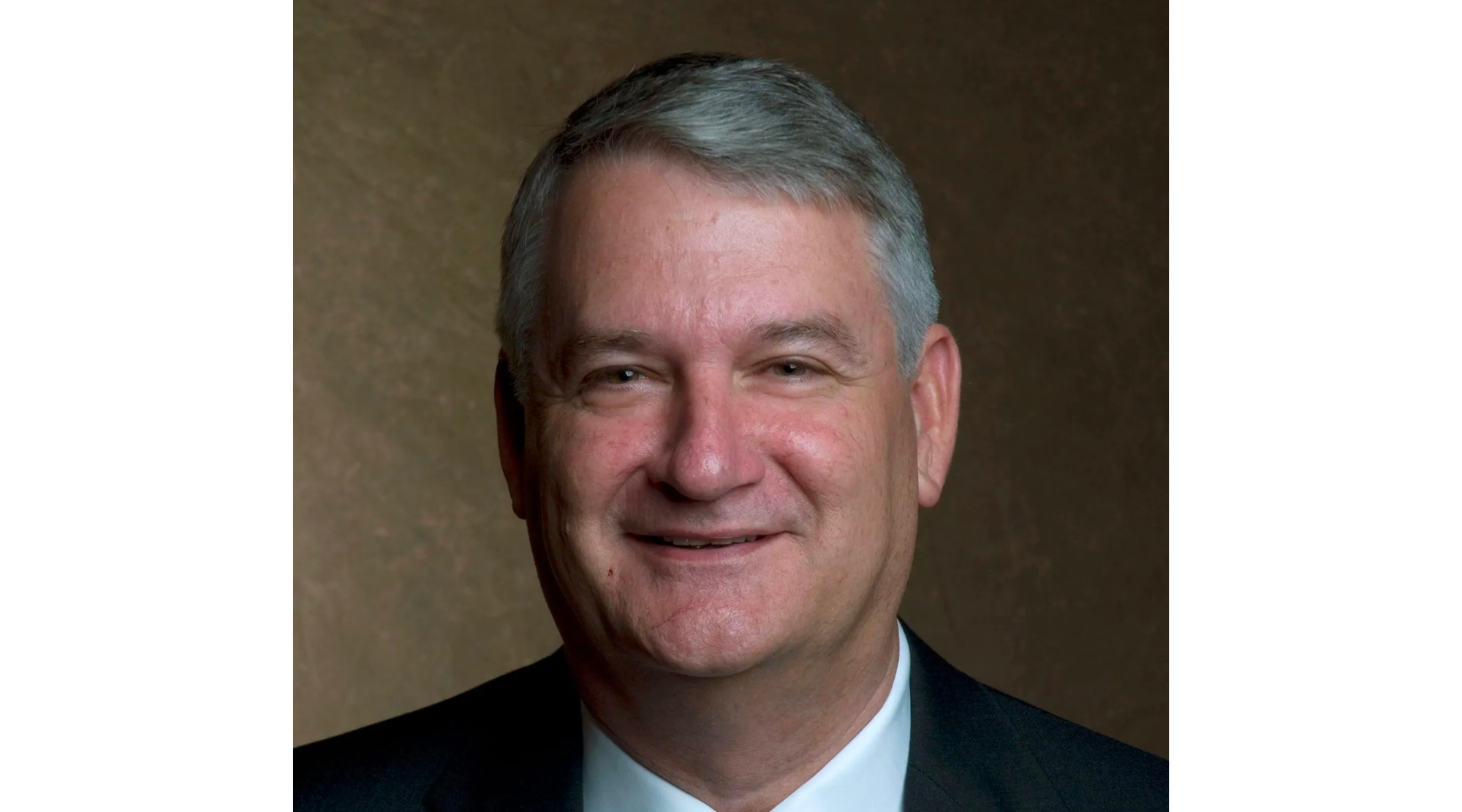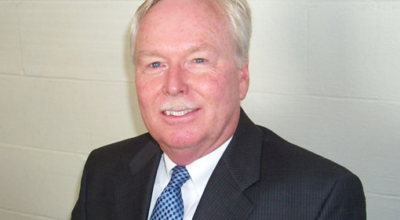Our Longest Journey
Published 9:26 am Monday, February 19, 2024
|
Getting your Trinity Audio player ready...
|
The first step of any journey is usually the most difficult. It takes us out of our comfort zone and enables us to see life that is different from what we consider normal.
I have been fortunate to travel to all 50 states and almost 40 countries. It is the thing that my wife, Mary Lou, and I most enjoy during this stage of our retirement. Together we enjoy visiting places important in the history of our country and the world.
We have seen many of the state capitols, and significant battlefields of most of the wars that have been a part of America’s heritage. We enjoy visiting museums that show artistic masterpieces and historic relics that span thousands of years.
Along the way, we have seen palaces, old master paintings, Westminster Abbey, the Vatican, the Great Wall of China, and Notre Dame, both before and after its devastating fire. We have enjoyed the way that man has tamed nature allowing us to visit rivers, mountains, deserts, and oceans.
They are all spectacular and shape the story that allows us to understand history and appreciate both mankind’s achievements and shortcomings.
Our last journey was perhaps the longest. Mary Lou and I, along with our close friends, returned today from a two week visit to Antarctica. It is interesting that only when we began returning home did we realize just how far we had gone.
Antarctica is that white continent shown on global maps at the bottom of the world. Modern man never visited this frozen continent until 1820. Unlike the rest of the world, there are no historical relics that indicate that man ever inhabited this place at an earlier time.
Our excursions exceeded expectations although after the trip we agreed we did not really know exactly what it was that we expected. Of all the places we have ever visited, it was the most grand, the most spectacular, and definitely the most isolated.
Only one thousand people, mostly scientists and military, inhabit this place that is roughly the size of Australia. The population is even much less during the winter. Despite the lack of humans, there is abundant wildlife, including birds, penguins, seals, and magnificent whales.
Visitors will find no docks, facilities, or welcome centers. International law prohibits altering anything that will make access easier. You are forbidden to even put your backpack on the ground. Touching an animal or interfering with their habitat is expressly forbidden.
The hundreds of photographs and videos we took do not begin to tell the story of Antarctica. Pictures or words seem so inadequate to describe how magnificent and, yet, remote we found this place.
Ironically, it was only on the day of departure from this frozen wonderland that I began to realize how far from the rest of the world we found ourselves. As we saw the last of Antarctica fade away in the distance, we found ourselves on a two-day return voyage just to reach the southernmost tip of South America. This included a return trip across the infamous Drake Passage, known as the most treacherous sea in the world.
The first day had the ship rocking through gradually growing swells. The weather became more intense and towards the end of the second day the ship had to turn directly into the waves to reach our destination. At the same time, the sustained winds increased to 40 knots, with gusts up to 55 knots.
The swells grew to 5 meters, or 16.5 feet. After two days of increasingly challenging seas, we found ourselves back at Puerto Williams, at the very tip of South America.
This began the second part of our post-Antarctica journey. For the next 36 hours we traveled by plane, including long layovers.
At the end of this trip of a lifetime, it took us almost four days to return home. That is the longest journey we have ever taken just to get to the starting point of a vacation. It was well worth it to see the bottom of the world.
Sir Attenborough perhaps described Antarctica best when he said it was “a place where it is possible to see the splendours and immensities of the natural world at its most dramatic and, what’s more, witness them almost exactly as they were long, long before human beings ever arrived on the surface of this planet. Long may it remain so.”





